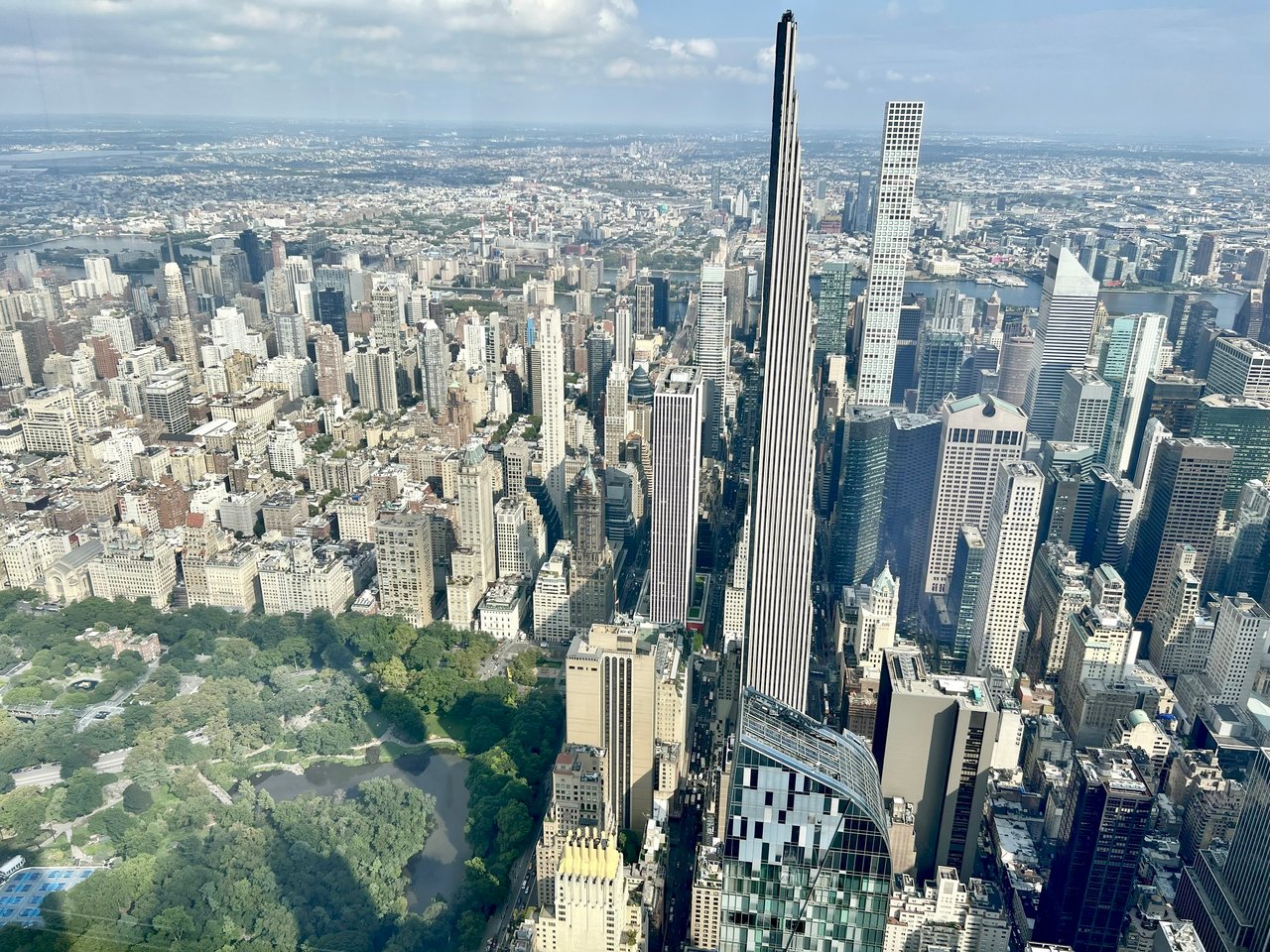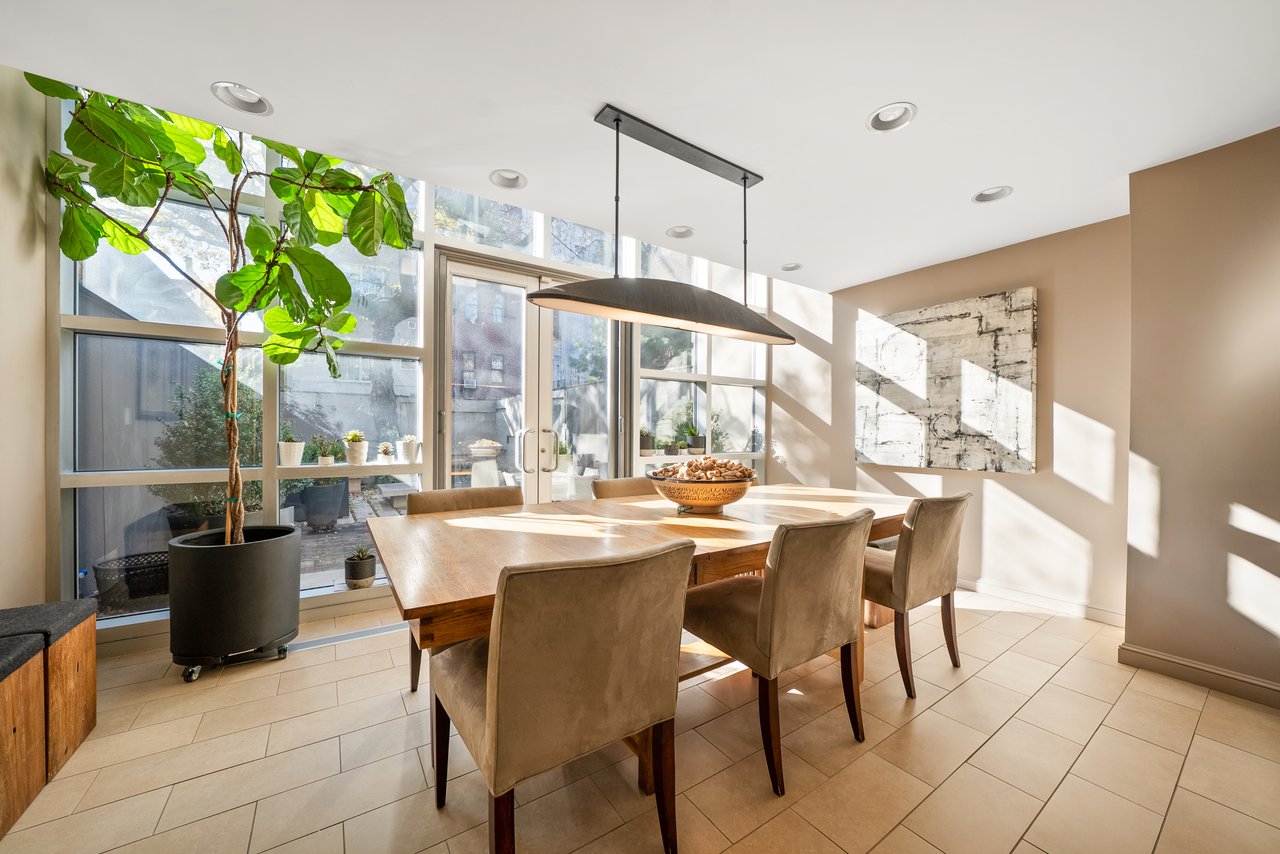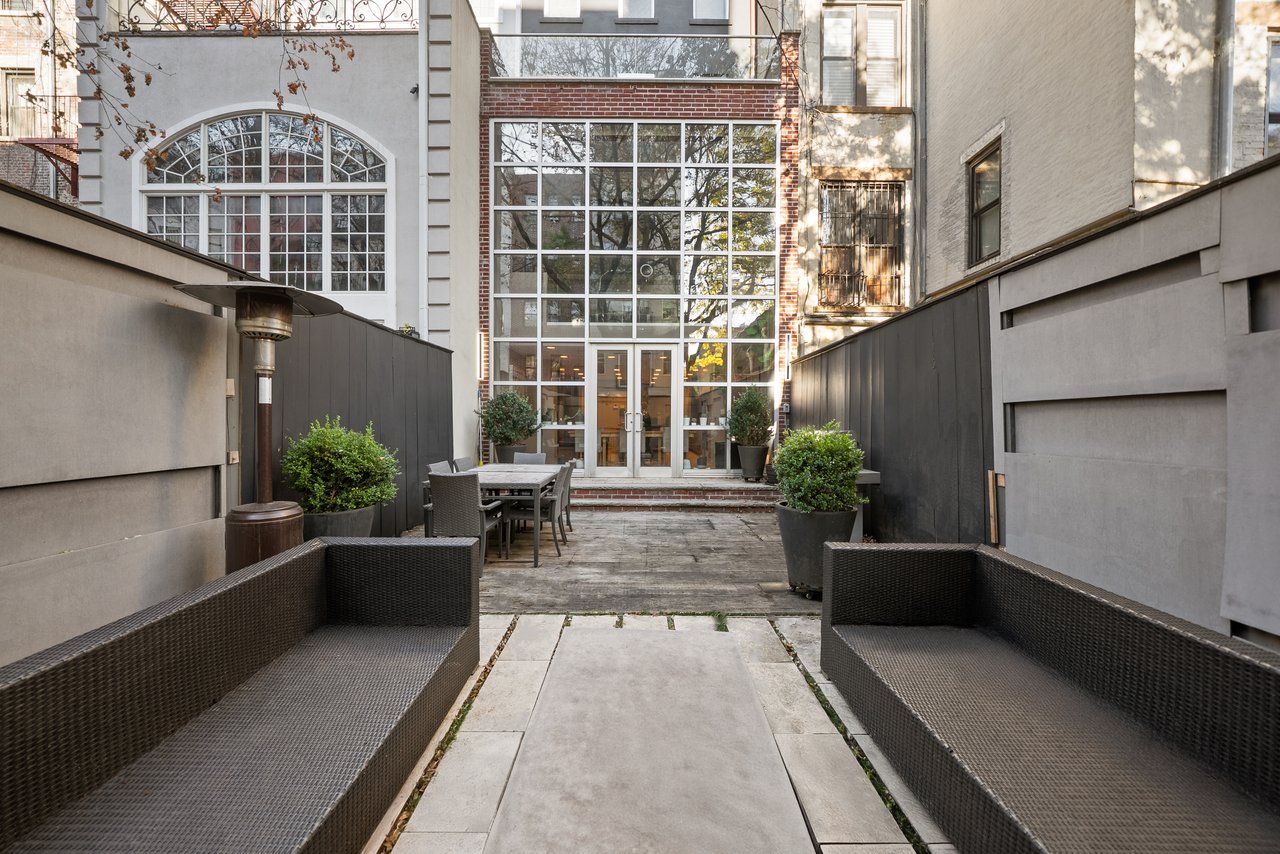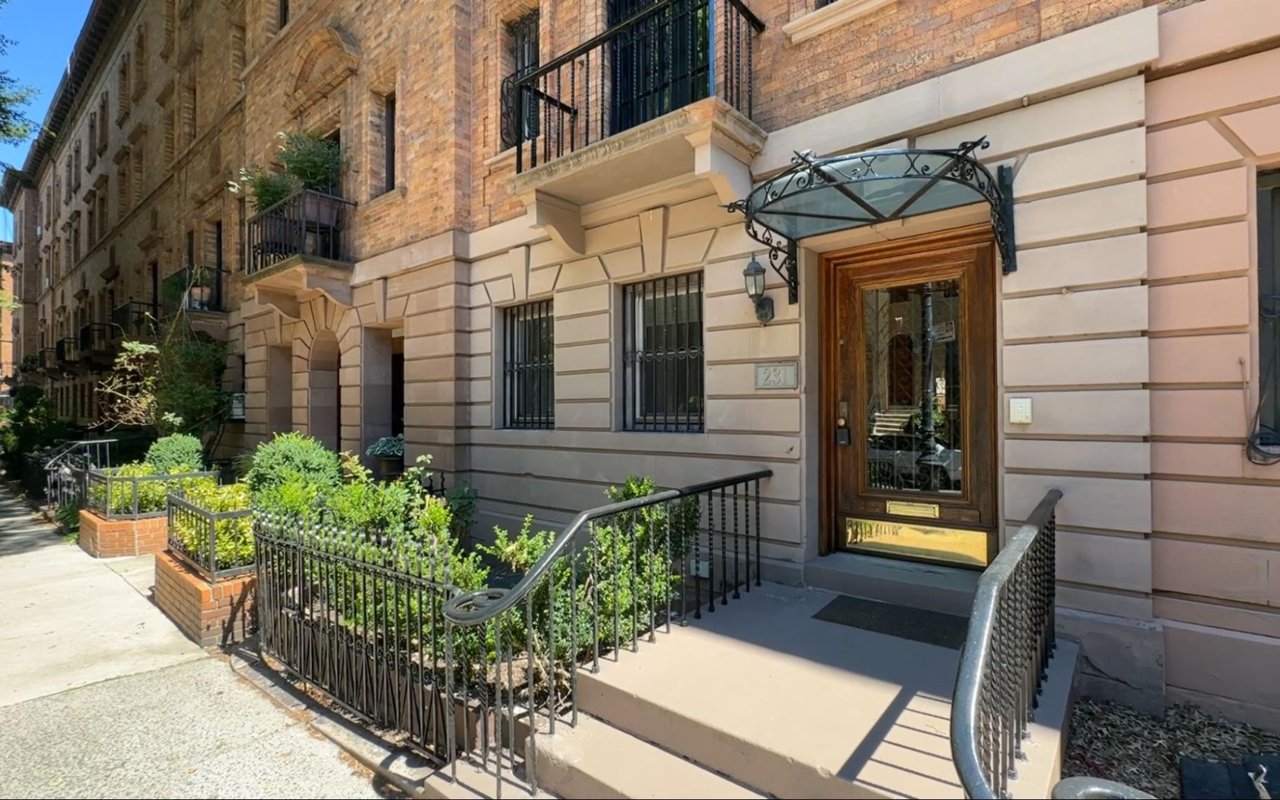New York City has some very tall buildings. Central Park Tower, the tallest residential building in the world, rises 1,550 feet with 136 floors. When the first contract was signed for a duplex on the 107th and 108th floors, the $149 million asking price drew plenty of attention—not because it broke records, but because it reinforced a familiar truth: in New York City, height commands a premium.
But does it always matter which floor you live on? The answer is yes—though maybe not for the reasons you think.
The Allure (and Cost) of Higher Floors
Apartments on higher floors typically offer more light, sweeping views, and a certain wow factor for guests. They also tend to cost more—not just in purchase price, but in monthly building charges. Outdoor space on an upper floor? That pushes the price up further.
In new developments, pricing is often set in advance using what’s called a hurdle system: each floor costs incrementally more. For example, if the “hurdle” is $10,000 per floor, that’s the baseline premium as you rise. But when you hit a floor where the views clear a neighboring building and suddenly open up to the skyline or river views, the jump could be $50,000—or even $100,000. In other words, views are the true currency of floor pricing.
That’s why a high-floor apartment facing Central Park often carries a significant premium compared to the same line of apartments with a city view. The difference isn’t just cosmetic; it can affect resale value and how quickly a property moves once it’s listed.
Penthouse Prestige (and Pitfalls)
Privacy is another selling point for higher floors. Thanks to NYC’s “wedding cake” zoning setbacks, the top floors of towers often have just one residence. That said, the meaning of “Penthouse” has been watered down—developers now label multiple top floors as “penthouse level.” If owning “the Penthouse” matters to you, double-check whether the building has one or several.
And while Central Park Tower’s sky-high duplex may be unattainable for most, not every top-floor apartment runs into nine figures. You might find a strachitect designed duplex on Central Park West for $40-$50 million. Meanwhile, Murray Hill offers penthouses with striking East River views for under $9 million—and more approachable high-floor homes in nearby buildings.
The psychology of the Penthouse is fascinating. For some buyers, it’s the ultimate status symbol. For others, it’s simply about enjoying peace, light, and fewer neighbors. But it’s worth remembering: exclusivity alone doesn’t guarantee comfort. Consider elevator wait times, building upkeep, and the sheer logistics of living dozens of floors above the street.
The Other Side of the Story
Living lower down has its perks, too. Ground-floor and garden apartments often come with private outdoor space—a rare luxury in NYC. Some even feel like miniature townhouses, offering a connection to the street that you don’t get twenty stories up. Lower floors also mean fewer elevator rides and, for fitness enthusiasts, the option to take the stairs. And here’s a fun fact: FDNY ladders typically only reach the sixth floor, though modern buildings are rigorously sprinklered.
Noise is another consideration. Street-level apartments will of course hear more, but sound does travel upward. Noise tolerance is personal, so the best test is visiting at different times of day. And if you fall in love with a home that’s louder than you’d like, companies like City Proof can retrofit windows for a quieter interior.
Another overlooked benefit of lower floors is lifestyle convenience. Carrying groceries, walking your dog, or stepping out for a morning coffee is simply easier when you don’t need to rely on multiple elevator rides. In a city where every minute counts, that ease of access matters more to some buyers than a panoramic skyline view.
Practical Considerations: Beyond Views and Noise
There are other nuts-and-bolts issues that matter when choosing a floor. Water pressure, for example, is almost always strong in modern developments, but in townhouses or smaller pre-war conversions, higher floors can sometimes mean weaker showers. It’s worth testing the water before you buy.
Elevator count is another big one. Luxury towers often have multiple banks of elevators to cut wait times, but boutique condos with fewer apartments may not. Replacing or repairing an elevator can take months, and if there’s only one, you’ll feel it.
Resale value also comes into play. While high floors tend to hold their value, not every buyer wants them. Some buyers are explicitly drawn to lower-floor homes with gardens, terraces, or direct street access. Others love being above the tree line with a view into Central Park’s canopy. The point is, there isn’t one “right” floor—it depends on your priorities and what the market values at the time of resale.
So—Which Floor Is Best?
It depends on what you value most. Light, views, and privacy? Higher up might be worth the premium. Outdoor space, charm, and a connection to the street? Lower floors could be a better fit.
In New York City real estate, the right floor isn’t about prestige—it’s about aligning your lifestyle and priorities with the realities of the building. After all, whether you’re living above the clouds or nestled among the trees, every floor has its advantages.




